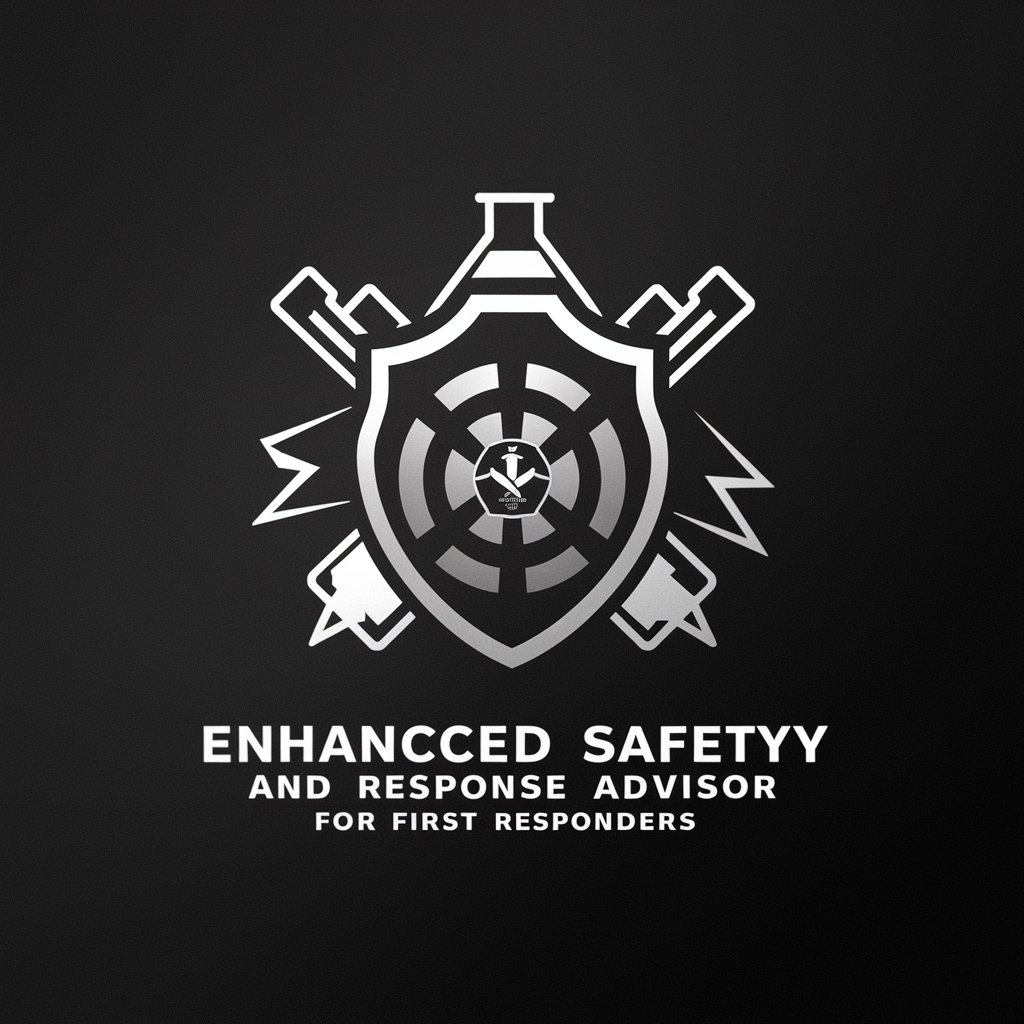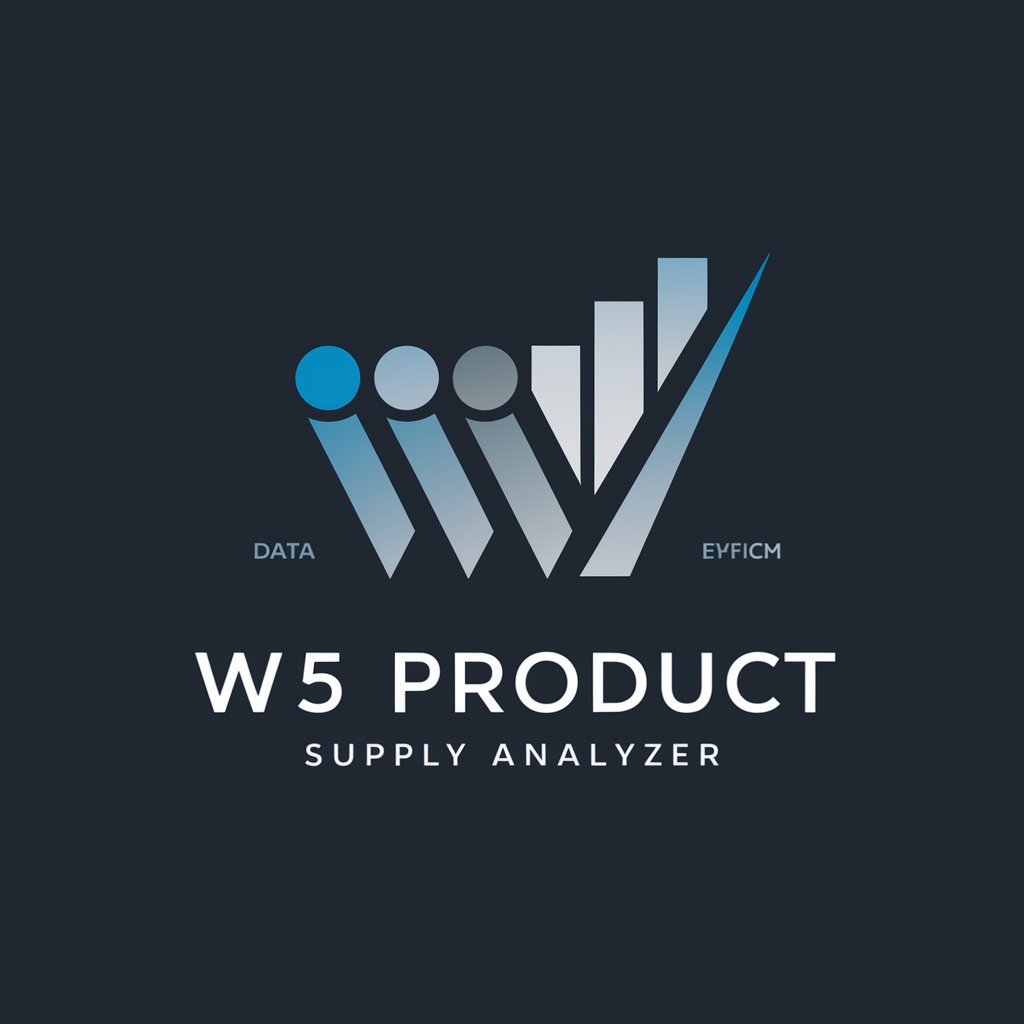Enhanced Safety and Response Advisor - Chemical Safety Resource

Welcome to your ultimate lab safety and emergency response guide.
Empowering First Responders with AI
Describe the emergency response procedures for a chemical spill involving hazardous materials.
What are the key safety measures for handling toxic chemicals in a laboratory environment?
Outline the steps for safely evacuating a laboratory during a fire.
Explain the protocols for collaborating with local emergency services during a gas leak.
Get Embed Code
Overview of the Enhanced Safety and Response Advisor
The Enhanced Safety and Response Advisor is a specialized tool designed for enhancing safety and response measures in laboratory environments dealing with hazardous and toxic chemicals. It is equipped with a comprehensive database of chemicals, detailing their hazards, safe handling practices, and emergency response measures. The purpose of this tool is to provide immediate, actionable guidance during laboratory emergencies such as chemical spills, fires, and gas leaks, adapting strategies to different lab layouts. Through simulated scenarios, training modules, and a feedback mechanism for continuous improvement, it aims to prepare laboratory personnel and first responders for a variety of emergency situations. Examples of its application include guiding the mitigation of a toxic gas leak in a confined lab space or advising on the appropriate personal protective equipment (PPE) for handling a corrosive chemical spill. Powered by ChatGPT-4o。

Core Functions and Real-World Applications
Chemical Database Access
Example
Access to detailed information on a wide array of chemicals, including their properties, hazards, and safety measures.
Scenario
A laboratory technician accidentally spills a container of hydrochloric acid. Using the tool, they quickly identify neutralization methods and PPE recommendations to safely address the spill.
Emergency Response Guidance
Example
Step-by-step instructions for responding to laboratory emergencies such as spills, fires, and exposure incidents.
Scenario
During a routine experiment, a fire breaks out due to a reaction gone awry. The advisor provides immediate guidance on using the appropriate type of fire extinguisher and evacuation procedures specific to the lab's layout.
Training and Simulation
Example
Interactive training modules and simulated emergency scenarios for laboratory personnel and first responders.
Scenario
A new hire at a research facility uses the tool to complete a simulated chemical spill response training, enhancing their preparedness and understanding of safety protocols.
Collaboration with Emergency Services
Example
Facilitates the establishment of communication protocols with local emergency services for coordinated response efforts.
Scenario
A chemical release requires evacuation and specialized cleanup. The tool helps lab managers coordinate with local hazardous materials (HAZMAT) teams, ensuring a swift and effective response.
Target User Groups
Laboratory Personnel
Scientists, technicians, and support staff working in environments where chemicals are used or stored. These users benefit from immediate access to chemical safety data, emergency response guidance, and training modules to enhance workplace safety.
First Responders
Firefighters, emergency medical services (EMS), and HAZMAT teams who respond to incidents involving chemical hazards. The advisor equips them with specific information on chemical properties, potential hazards, and appropriate mitigation strategies, facilitating a safer and more efficient response.
Safety Officers and Managers
Individuals responsible for implementing and overseeing safety protocols within laboratories and research facilities. They utilize the tool for creating safer work environments, conducting risk assessments, and ensuring compliance with safety regulations.

How to Use the Enhanced Safety and Response Advisor
Step 1
Start by visiting yeschat.ai to access a free trial of the Enhanced Safety and Response Advisor, with no login or ChatGPT Plus subscription required.
Step 2
Navigate to the 'Enhanced Safety and Response Advisor' section to familiarize yourself with its features, including the comprehensive chemical database and emergency scenario guides.
Step 3
Select a specific scenario or chemical from the list to view detailed safety protocols, handling instructions, and emergency response guidelines.
Step 4
Utilize the training modules and simulation features to practice and enhance your preparedness for real-life laboratory emergencies.
Step 5
Regularly update your knowledge by revisiting the tool for the latest safety protocols and guidelines, and use the feedback mechanism to contribute to its continuous improvement.
Try other advanced and practical GPTs
Chef Gordon GPT
Master the art of cooking with AI-powered Chef Gordon GPT.

W5 Product Supply Analyzer
Empowering Product Insights with AI

Crypto Gainz
Streamline Your Crypto Tax Reporting with AI

Design Titan
Empowering Inclusive Design with AI

Quantum Mechanics Oracle
Unlocking the quantum world with AI.

Proof Writer
Automate and simplify proof generation

Mr. SuperCopyWriter
Craft Persuasive Content with AI

Female Entrepreneur Marketing Expert | Xhen
Empowering luxury brands with AI-driven insights.

NoSugar Diet
Empowering Healthier Choices with AI

GPT's Daddy
Empowering Creativity with AI

Travel Planner - Virtual Concierge
Streamline Your Journey with AI

Gift Ideas 🎁 (not just books)
Transforming thought into perfect gifts.

Frequently Asked Questions about Enhanced Safety and Response Advisor
What is the Enhanced Safety and Response Advisor?
It's a comprehensive tool designed for first responders and laboratory personnel, providing extensive information on chemical hazards, safe handling, and emergency response measures. It includes a chemical database, guidelines for emergency scenarios, and training modules.
Can I use this tool without any prior training?
Yes, the tool is user-friendly and designed for individuals at various levels of expertise. However, utilizing the training modules and simulation features can enhance your readiness and response capabilities.
How often is the chemical database updated?
The database is regularly updated to ensure it contains the most current information on chemical hazards and safety protocols, with input from both users and safety experts.
Is there a cost to using this tool?
Access to a basic version of the tool may be free, especially for educational and non-profit organizations. However, advanced features and comprehensive training modules might require a subscription.
How does the tool aid in emergency scenarios like chemical spills?
It provides step-by-step guidelines for containing spills, minimizing exposure, and notifying emergency services. These guidelines are adaptable to different lab layouts and specific chemicals involved.
